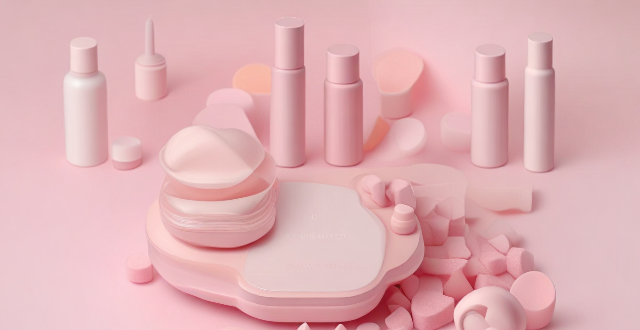The article discusses the importance of updating anti-counterfeiting measures for cosmetics companies to protect brand reputation, ensure product safety, and meet legal requirements. It recommends conducting regular market research, staying updated on technological advancements, encouraging customer feedback, and collaborating with law enforcement agencies to combat counterfeit activity effectively.

How Often Should Cosmetics Companies Update Their Anti-Counterfeiting Measures?
Cosmetics companies should update their anti-counterfeiting measures frequently to ensure the safety and authenticity of their products. The frequency of updates depends on various factors, including the level of counterfeit activity in the market, technological advancements, and customer feedback. In this article, we will discuss the importance of updating anti-counterfeiting measures and provide some recommendations for cosmetics companies.
Importance of Updating Anti-Counterfeiting Measures
Protection of Brand Reputation
One of the primary reasons for updating anti-counterfeiting measures is to protect the brand reputation. Counterfeit products can harm the brand's image and lead to a loss of customer trust. By implementing effective anti-counterfeiting measures, cosmetics companies can ensure that their customers receive genuine products and maintain their brand reputation.
Ensuring Product Safety
Another crucial aspect of updating anti-counterfeiting measures is to ensure product safety. Counterfeit cosmetics may contain harmful ingredients or be produced under unsanitary conditions, posing a risk to consumers' health. By regularly updating their anti-counterfeiting measures, cosmetics companies can minimize the risk of counterfeit products reaching the market and potentially harming their customers.
Meeting Legal Requirements
In some countries, there are legal requirements for cosmetics companies to implement anti-counterfeiting measures. By regularly updating these measures, cosmetics companies can comply with the law and avoid any legal consequences associated with selling counterfeit products.
Recommendations for Updating Anti-Counterfeiting Measures
Conduct Regular Market Research
Cosmetics companies should conduct regular market research to identify the level of counterfeit activity in their market. This information can help them determine how often they need to update their anti-counterfeiting measures to stay ahead of counterfeiters.
Stay Updated on Technological Advancements
Technology plays a vital role in anti-counterfeiting measures. Cosmetics companies should stay updated on the latest technological advancements in anti-counterfeiting and incorporate them into their security measures as needed. Some examples of technological advancements include:
- RFID tags: Radio-frequency identification (RFID) tags can be embedded in products to track their movement and authenticity.
- Nanotechnology: Nanotechnology can be used to create unique patterns on packaging that are difficult to replicate.
- Blockchain: Blockchain technology can be used to create a secure digital ledger of product information, making it easier to trace the origin of products and detect counterfeits.
Encourage Customer Feedback
Customer feedback is essential for identifying counterfeit products in the market. Cosmetics companies should encourage their customers to report any suspicious products they encounter and use this information to update their anti-counterfeiting measures accordingly.
Collaborate with Law Enforcement Agencies
Collaborating with law enforcement agencies can help cosmetics companies combat counterfeit activity more effectively. By sharing information about counterfeit products and working together to investigate and prosecute counterfeiters, cosmetics companies can reduce the prevalence of counterfeit products in the market.
Conclusion
Updating anti-counterfeiting measures is crucial for cosmetics companies to protect their brand reputation, ensure product safety, and meet legal requirements. The frequency of updates depends on various factors, such as the level of counterfeit activity in the market and technological advancements. By following the recommendations outlined in this article, cosmetics companies can effectively combat counterfeit activity and maintain the integrity of their products.